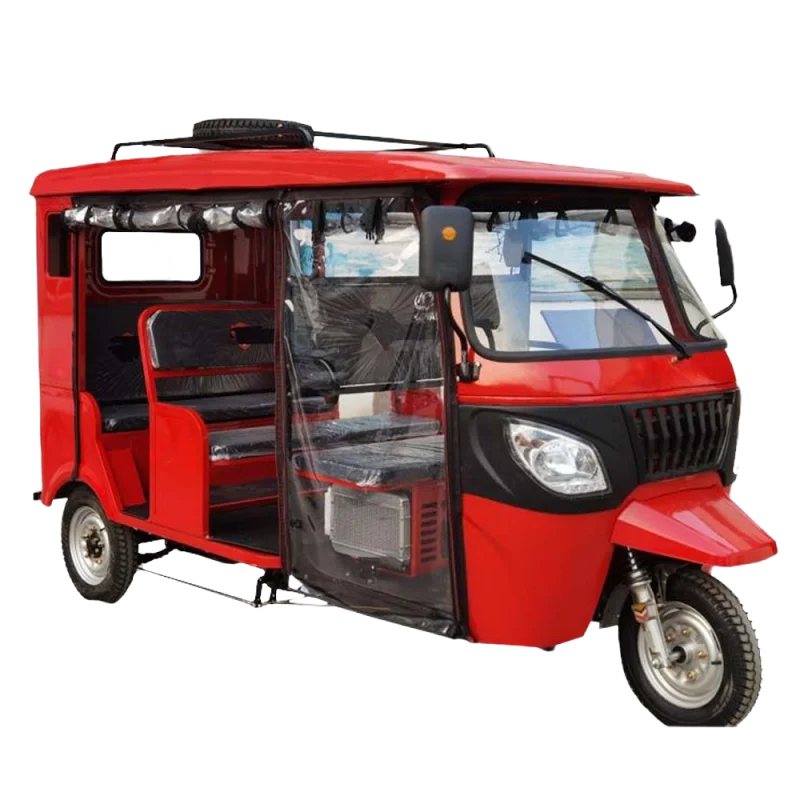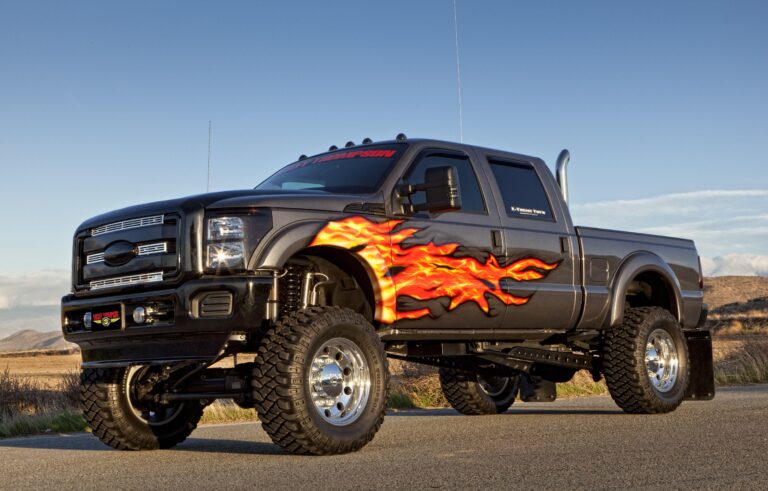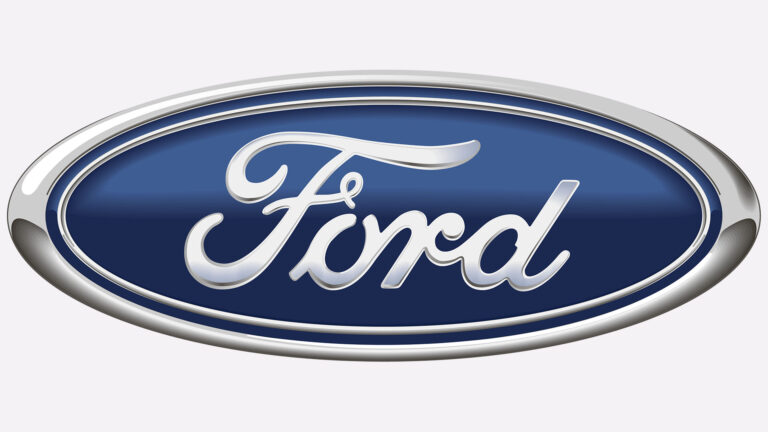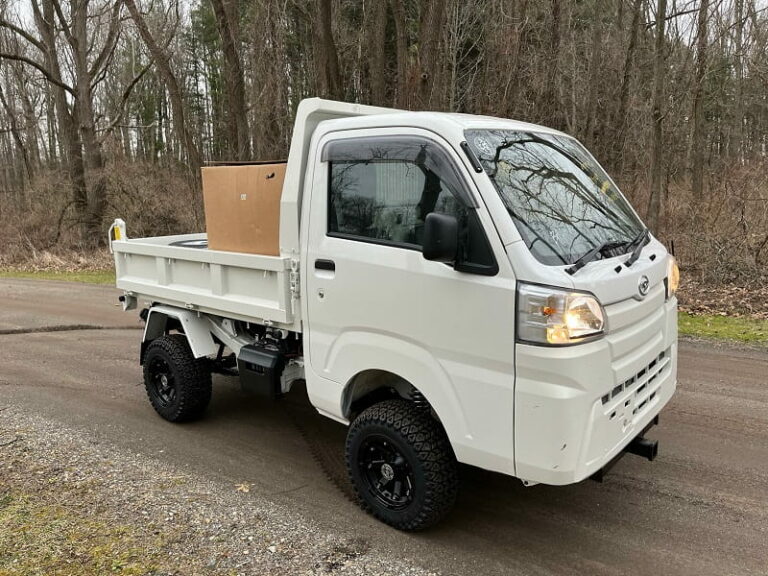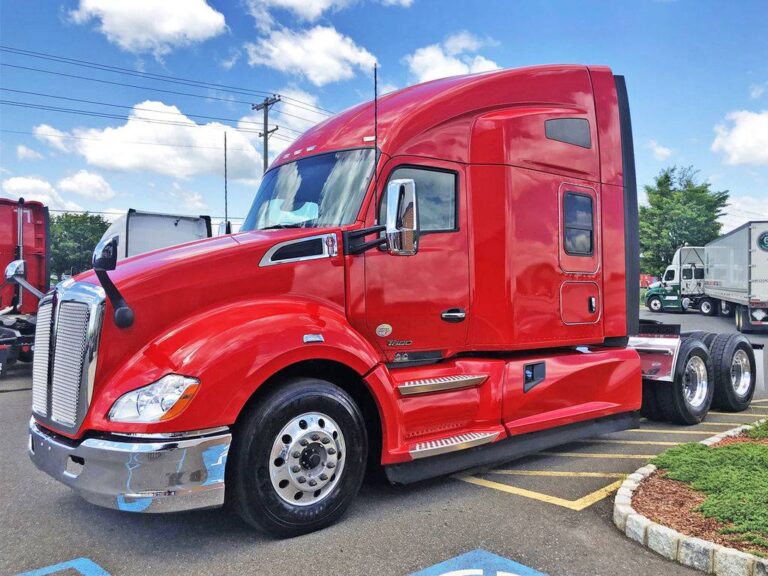Buy A Tuk Tuk In The USA: Your Comprehensive Guide to Owning a Unique Three-Wheeler
Buy A Tuk Tuk In The USA: Your Comprehensive Guide to Owning a Unique Three-Wheeler cars.truckstrend.com
The bustling streets of Bangkok, the winding lanes of Rome, the vibrant markets of Delhi – one iconic vehicle often dominates these landscapes: the tuk-tuk. This charming, three-wheeled auto-rickshaw, a staple of urban transport in many parts of the world, is now making an intriguing appearance on American roads. From quirky personal vehicles to innovative commercial ventures, the appeal of the tuk-tuk in the USA is steadily growing. But acquiring one isn’t as straightforward as buying a conventional car. This comprehensive guide will navigate the exciting yet complex journey of buying a tuk-tuk in the United States, providing insights, practical advice, and essential considerations for prospective owners.
Understanding the Allure: Why a Tuk-Tuk in the USA?
Buy A Tuk Tuk In The USA: Your Comprehensive Guide to Owning a Unique Three-Wheeler
The notion of a tuk-tuk on American streets might seem whimsical, but its growing popularity stems from a blend of novelty, utility, and economic viability. Unlike traditional automobiles, a tuk-tuk offers a distinct presence and a unique set of advantages that cater to specific niches.
1. Novelty and Uniqueness: A tuk-tuk is an instant head-turner. Its unconventional design and open-air experience create a memorable impression, setting it apart from the ubiquitous cars and trucks. For personal use, it’s a statement of individuality, while for commercial purposes, it’s an unparalleled marketing tool.
2. Commercial Applications: This is where tuk-tuks truly shine in the US market. Their compact size, maneuverability, and unique appeal make them ideal for:
- Tour Operations: Offering unique city tours, brewery tours, wine country excursions, or historical site visits, providing an intimate and engaging experience for tourists.
- Shuttle Services: Perfect for resorts, university campuses, large event venues, or private communities requiring short-distance, on-demand transport.
- Mobile Vending/Food Trucks: With modifications, tuk-tuks can be transformed into charming mobile coffee shops, ice cream stands, or even small food carts, leveraging their distinct look for brand visibility.
- Advertising & Promotions: Their eye-catching design makes them excellent mobile billboards for businesses looking to create a memorable brand presence.

3. Personal Use: Beyond commercial ventures, some individuals are embracing tuk-tuks for personal enjoyment. They are well-suited for short commutes, running local errands, or simply as a fun, hobby vehicle for weekend cruises and community events. For those seeking an eco-friendly option, electric models offer a quiet, emission-free ride.
4. Cost-Effectiveness: Compared to traditional vehicles, tuk-tuks can offer lower acquisition costs, reduced fuel or electricity consumption, and potentially lower maintenance expenses, making them an attractive option for budget-conscious entrepreneurs or individuals.
Types of Tuk-Tuks Available in the USA
The term "tuk-tuk" encompasses a range of designs and power sources. Understanding these variations is crucial for making an informed purchase decision.
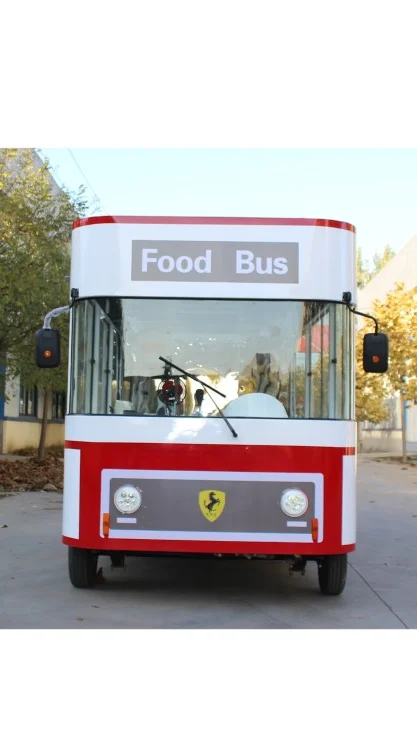
1. Traditional Gasoline-Powered Tuk-Tuks: These are typically imported models, often resembling the classic auto-rickshaws found in Asia. They run on small gasoline engines, are robust, and have a distinctive sound. While authentic, importing and registering these can be challenging due to US emissions and safety standards.
2. Electric Tuk-Tuks (EVs): Gaining significant traction in the US, electric tuk-tuks are purpose-built for the American market. They are quiet, emission-free, and often designed to meet Low-Speed Vehicle (LSV) regulations. They are ideal for urban environments, campuses, and any application where noise and emissions are a concern. Their range varies, but most are suitable for daily local operations.
3. Custom-Built and Specialty Tuk-Tuks: Many US distributors and customizers offer modified tuk-tuks. This includes:
- Passenger Tour Vehicles: Designed with comfortable seating, often facing outwards, and sometimes with open roofs for better sightseeing.
- Utility/Cargo Tuk-Tuks: Stripped-down versions with a flatbed or cargo area for deliveries or maintenance tasks.
- Food Truck Conversions: Equipped with specialized equipment for mobile food and beverage service, adhering to health department regulations.
- Pedicab/Rickshaw Hybrids: While not true tuk-tuks, some pedal-assist vehicles blend the rickshaw experience with limited motor assistance, often categorized differently.

4. New vs. Used: Buying new from a reputable US distributor ensures compliance, warranty, and support. Used tuk-tuks can offer cost savings but require thorough inspection for mechanical issues, compliance, and title clarity.
Navigating the Legal Landscape: Regulations for Tuk-Tuks in the USA
One of the most critical aspects of owning a tuk-tuk in the USA is understanding and adhering to federal, state, and local regulations. Missteps here can lead to significant headaches and prevent you from legally operating your vehicle.
1. Low-Speed Vehicle (LSV) Classification: Many tuk-tuks sold in the USA are designed to meet LSV standards. According to federal regulations, an LSV is a four-wheeled vehicle (though some states allow three-wheeled) with a top speed of 20-25 mph, weighing less than 3,000 pounds. They must be equipped with specific safety features like headlamps, tail lamps, turn signals, stop lamps, reflex reflectors, exterior mirrors, a parking brake, and VIN. LSVs are generally restricted to roads with speed limits of 35 mph or less and are prohibited on highways.
2. Motorcycle/Autocycle Classification: In some states, a three-wheeled vehicle like a tuk-tuk might be classified as a motorcycle or an autocycle. This classification can affect licensing requirements (e.g., needing a motorcycle endorsement), helmet laws, and insurance. It is paramount to check your specific state’s Department of Motor Vehicles (DMV) regulations.
3. Import Regulations (for Non-Compliant Vehicles): Importing a tuk-tuk directly from a country like Thailand or India is extremely challenging. Vehicles must meet stringent EPA (emissions) and DOT (safety) standards. Most traditional foreign tuk-tuks do not. Attempting to import a non-compliant vehicle can result in seizure, significant fines, or an inability to register it. It is strongly advised to purchase from a US-based distributor who handles all compliance issues.
4. Insurance: Due to their unique nature, insuring a tuk-tuk can sometimes be more complex than a standard car. Many insurance companies may not have specific categories for them. You might need a specialized policy for LSVs, motorcycles, or commercial vehicles, depending on your state’s classification and your intended use. Shop around and be transparent about the vehicle type and its purpose.
5. Driver’s License: For LSVs, a standard Class D driver’s license is usually sufficient. However, if your state classifies it as a motorcycle or autocycle, a motorcycle endorsement might be required. Always verify with your state’s DMV.
Where to Buy a Tuk-Tuk in the USA
The market for tuk-tuks in the US is specialized but growing. Knowing where to look is key to a successful purchase.
1. Specialized US Distributors/Importers: This is by far the safest and most recommended route. These companies specialize in bringing compliant tuk-tuks to the US market, often designing or modifying them to meet federal and state regulations. They offer new vehicles, provide warranties, and can assist with parts and service. They often focus on electric models due to easier compliance.
2. Online Marketplaces (Used): Websites like Craigslist, eBay, or specialized vehicle classifieds might occasionally list used tuk-tuks. Exercise extreme caution. Verify the vehicle’s title, inspect its condition thoroughly, and ensure it is legally compliant for your state. A pre-purchase inspection by a qualified mechanic is highly recommended.
3. Custom Builders: If you have specific commercial needs, such as a unique food truck setup or a highly customized tour vehicle, you might consider engaging a custom vehicle builder. They can source a compliant base chassis and build out the body and features to your specifications.
4. Direct Import (Extreme Caution): As mentioned, importing directly from overseas is fraught with difficulties due to EPA and DOT regulations. Unless you are an expert in vehicle importation and compliance, this path is generally not advisable for the average consumer.
The Buying Process: A Step-by-Step Guide
Purchasing a tuk-tuk involves several distinct steps to ensure a smooth and legal transaction.
- Define Your Purpose and Needs: Before looking at models, decide whether the tuk-tuk is for personal fun, a tour business, mobile vending, or another commercial application. This will dictate the type, size, and features you need.
- Research State and Local Regulations: This is non-negotiable. Understand how your state classifies and regulates three-wheeled vehicles, LSVs, and auto-cycles. Check local ordinances for parking, operation, and commercial licensing if applicable.
- Set a Realistic Budget: Beyond the purchase price, factor in shipping costs (if applicable), registration fees, insurance, potential modifications, and ongoing maintenance.
- Identify Reputable Sellers: For new vehicles, look for distributors with a proven track record, good customer reviews, and clear information on compliance. For used, ask for vehicle history and title.
- Inspect the Vehicle Thoroughly: For new vehicles, confirm specifications and features. For used, inspect for rust, engine issues, electrical problems, and general wear and tear. If possible, take it for a test drive.
- Understand Warranty and Support: Especially for niche vehicles, knowing what kind of warranty is offered and where you can get parts and service is critical.
- Negotiate and Purchase: Once satisfied, finalize the price, review all paperwork (bill of sale, title), and ensure a clear transfer of ownership.
- Registration and Insurance: Do this immediately after purchase. You cannot legally operate the vehicle without proper registration and insurance.
Important Considerations Before You Buy
Beyond the purchasing process, there are several practical aspects to ponder for long-term ownership.
- Maintenance and Parts Availability: Tuk-tuks, especially imported ones, may use non-standard parts. Ensure your chosen model has readily available parts or that a distributor can source them for you. Find out if local mechanics are willing or able to service such a vehicle, or if you’ll need to handle basic maintenance yourself.
- Storage: Tuk-tuks are smaller than cars but still require secure, weather-protected storage, especially given their open-air nature.
- Safety Features: While LSVs have minimum safety requirements, consider additional features like reinforced frames, roll cages, or enhanced lighting, particularly if operating in busy areas or for commercial purposes.
- Resale Value: The market for used tuk-tuks in the US is still niche. While unique, their resale value might fluctuate more than conventional vehicles.
- Operating Costs: Factor in the cost of fuel or electricity, routine maintenance (oil changes, tire rotations, battery health), and insurance premiums.
- Passenger Accessibility: If using for tours, consider ease of entry and exit, especially for passengers with mobility challenges.
Tuk-Tuk Price Guide: Estimated Costs in the USA
Please note that these are estimated price ranges and can vary significantly based on manufacturer, features, power source, new/used condition, and current market demand. Shipping, taxes, registration, and insurance are additional costs.
| Type of Tuk-Tuk | Power Source | Passenger Capacity (excluding driver) | Estimated Price Range (USD) | Key Features | Typical Use Case |
|---|---|---|---|---|---|
| Basic Electric LSV | Electric | 2-4 | $8,000 – $15,000 | LSV compliant, low maintenance, quiet operation | Personal use, campus shuttles, resort transport |
| Electric Tour Model | Electric | 4-6 | $15,000 – $25,000+ | LSV compliant, enhanced seating, often open-sided | City tours, wine tours, event shuttles |
| Electric Utility/Cargo | Electric | 0-1 (cargo area) | $10,000 – $18,000 | LSV compliant, flatbed/cargo space, durable build | Deliveries, facility maintenance, small business |
| Custom Food/Coffee Cart | Electric | 0-1 (custom built) | $20,000 – $40,000+ | LSV compliant, integrated kitchen/dispensing units | Mobile vending, catering, promotional events |
| Imported Gas (Used/Refurbished) | Gasoline | 2-4 | $5,000 – $12,000 | Traditional styling, louder engine, more maintenance | Hobby vehicle, highly specialized niche (check compliance!) |
Note: Prices for custom builds can vary wildly depending on the level of customization and equipment installed.
Frequently Asked Questions (FAQ) about Buying a Tuk-Tuk in the USA
Q1: Can I drive a tuk-tuk on the highway in the USA?
A1: Generally no. Most tuk-tuks sold in the USA are classified as Low-Speed Vehicles (LSVs), which are restricted to roads with speed limits of 35 mph or less and are prohibited on highways.
Q2: Do I need a special driver’s license to operate a tuk-tuk?
A2: For LSVs, a standard Class D driver’s license is typically sufficient. However, if your state classifies the three-wheeled vehicle as a motorcycle or autocycle, a motorcycle endorsement may be required. Always check your state’s DMV regulations.
Q3: Are electric tuk-tuks practical for everyday use?
A3: Yes, for specific uses. Electric tuk-tuks are highly practical for short-distance commutes, campus or resort shuttles, urban tours, and mobile vending. They are quiet, emit no fumes, and have lower running costs than gasoline models. Their range is usually sufficient for daily local operations.
Q4: How much does it cost to insure a tuk-tuk?
A4: Insurance costs vary widely based on your state, the vehicle’s classification (LSV, motorcycle, commercial), your driving record, and the insurance provider. Due to their unique nature, some standard insurers may not cover them, requiring you to seek specialized policies, which can sometimes be higher than a regular car but still affordable.
Q5: Where can I get a tuk-tuk serviced or find parts?
A5: For new electric tuk-tuks purchased from US distributors, they often provide parts and service support. For older or imported models, finding specialized mechanics can be challenging. Some ATV or motorcycle shops might be able to help, or you may need to learn basic maintenance yourself.
Q6: Can I import a tuk-tuk from overseas myself?
A6: It is highly discouraged for individuals without extensive experience. US federal regulations (EPA and DOT) for vehicle imports are very strict. Most foreign-made tuk-tuks do not meet these standards, making legal importation and registration extremely difficult and costly, often resulting in vehicle seizure.
Q7: What is the typical top speed of a tuk-tuk in the USA?
A7: Most tuk-tuks designed for the US market are LSVs, which are speed-limited to a maximum of 25 mph.
Conclusion
The prospect of owning a tuk-tuk in the USA is undeniably exciting, offering a blend of nostalgic charm, practical utility, and head-turning appeal. Whether for personal recreation, an innovative tour business, or a unique mobile vending venture, these three-wheeled wonders present a compelling alternative to conventional vehicles.
However, the journey from desire to ownership requires careful navigation. Thorough research into state and local regulations, a clear understanding of the different types available, and a commitment to purchasing from reputable, compliant sources are paramount. While challenges like finding specialized service or securing niche insurance exist, the unique benefits and the sheer joy of operating a tuk-tuk often outweigh these considerations. By approaching the purchase with diligence and an informed perspective, you can successfully bring a slice of global charm to American roads, embarking on a truly distinctive adventure.
